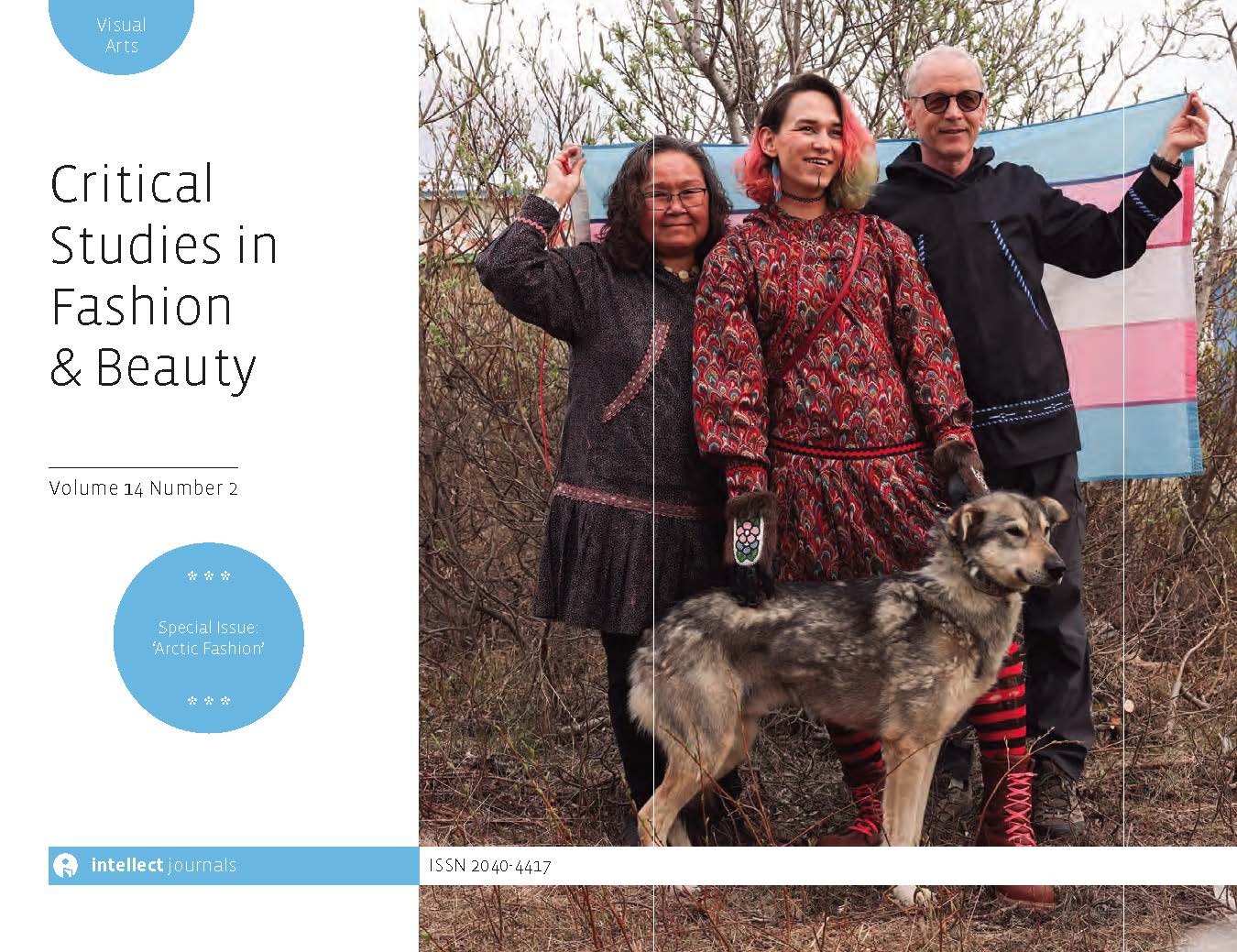
Full text loading...
 , Sini Mickelsson2
, Sini Mickelsson2 , Daria Morozova3
, Daria Morozova3 , Heidi Härkönen2
, Heidi Härkönen2 , Olga Gurova4
, Olga Gurova4 , Elina Pirjatanniemi5
, Elina Pirjatanniemi5
The article discusses the definition of ‘Arctic childhood’: how it affects the ideal of childhood in the Arctic countries while differentiating it from understandings of childhood in more temperate climates. Arctic childhood offers novel viewpoints to the concept of childhood. It grants agency to the non-human world: environment, weather and design solutions such as clothes and wearable technology. It also highlights how these shape the concept of childhood in the Arctic and beyond. The article focuses on wearable technology, which brings new legal issues to considerations of childhood in data-driven culture. The central argument is two-fold. As design solutions, wearable technology may preserve the ideal of the active child, essential to Arctic and Finnish childhoods. Legally, however, there are some issues: since wearable technology is designed to bring forth and share with others the vital functions of the child’s body, it raises concerns about children’s fundamental right to privacy and data protection. By bringing together fashion studies and the doctrinal study of law, and by using wearable technology as an example, the article argues that multidisciplinary approaches are needed when new technologies designed to track and monitor individuals are offered to minors in the name of staying healthy.

Article metrics loading...

Full text loading...
References


Data & Media loading...

Publication Date:
https://doi.org/10.1386/csfb_00067_1 Published content will be available immediately after check-out or when it is released in case of a pre-order. Please make sure to be logged in to see all available purchase options.